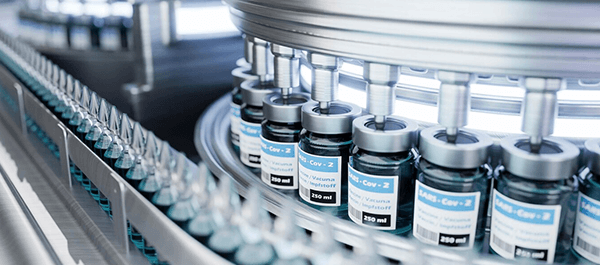- 1
- 2
Different accuracy levels of electronic balance for different scenarios, we often use accuracy as the selection criteria to select the balance. Ordinary balance accuracy ranges from 10mg-1g, used for general weighing; 1/1000 balance, commonly used for weighing fine chemicals, and some precise experimental research; 1/10,000 balance, chemical analysis and testing, for laboratory/teaching/industry and special industries and other applications. Different electronic balance for different purposes, according to our own needs, choose the right electronic balance, not only to save costs, but also to buy cost-effective products.
Get interested? Start your project now!
Contact UsElectronic balance with electromagnetic balance sensor, accurate and reliable weighing, fast and clear display, and with automatic detection system, simple automatic calibration device and overload protection and other devices.
Long-term stability means that the electronic balance does not change much in the ambient temperature, and instantaneous stability means that the value displayed immediately after the balance is put on the measured object and remains unchanged. The smaller the difference between the parameters indicates that the electronic balance performance is more stable.
Linear accuracy refers to the deviation between the displayed value and the absolute value over the entire weighing range. It is a very important indicator to measure the electronic balance.
Repeatability is another important indicator to measure the electronic balance, repeatability is mainly refers to the value of fluctuation when electronic balance repeated weighing many times. Minimum, maximum and deviation.







